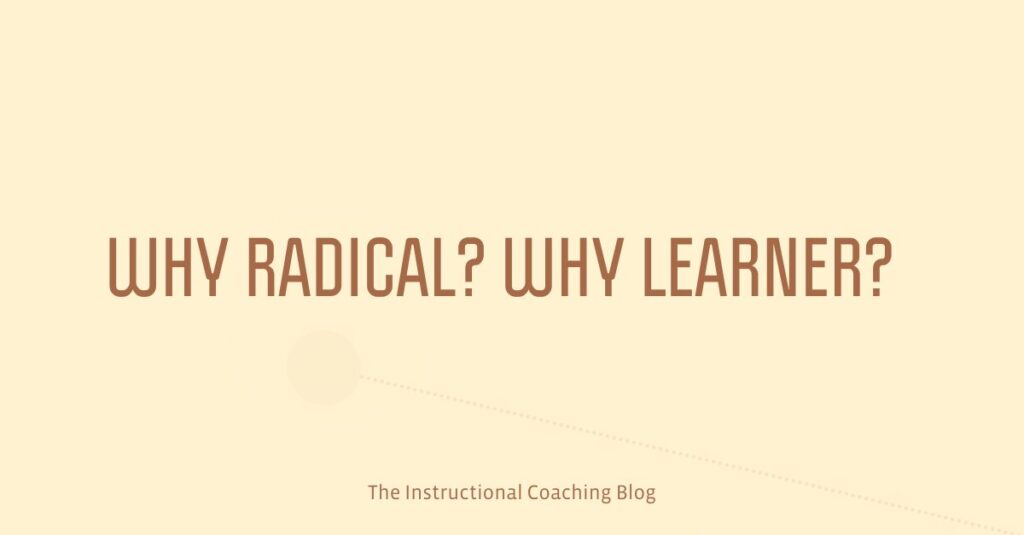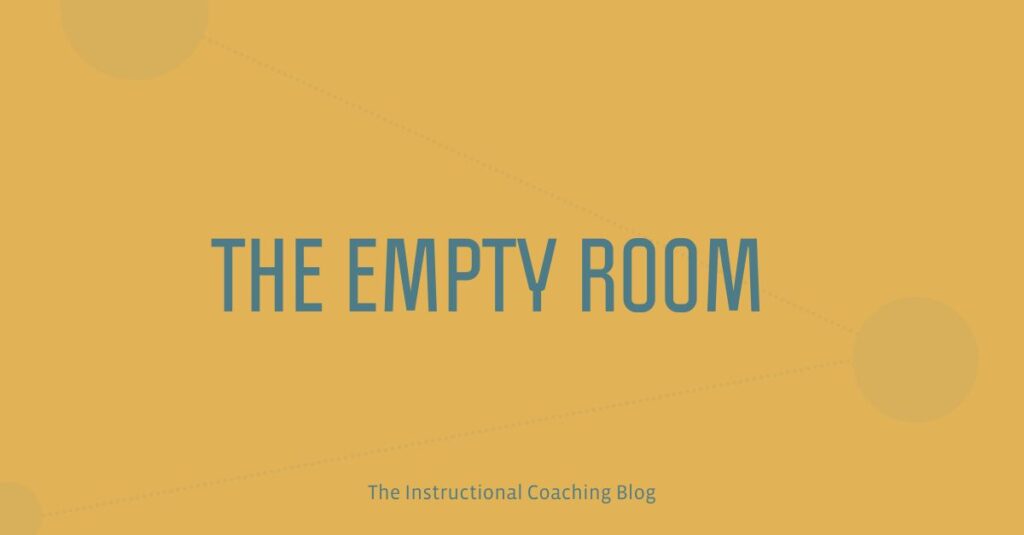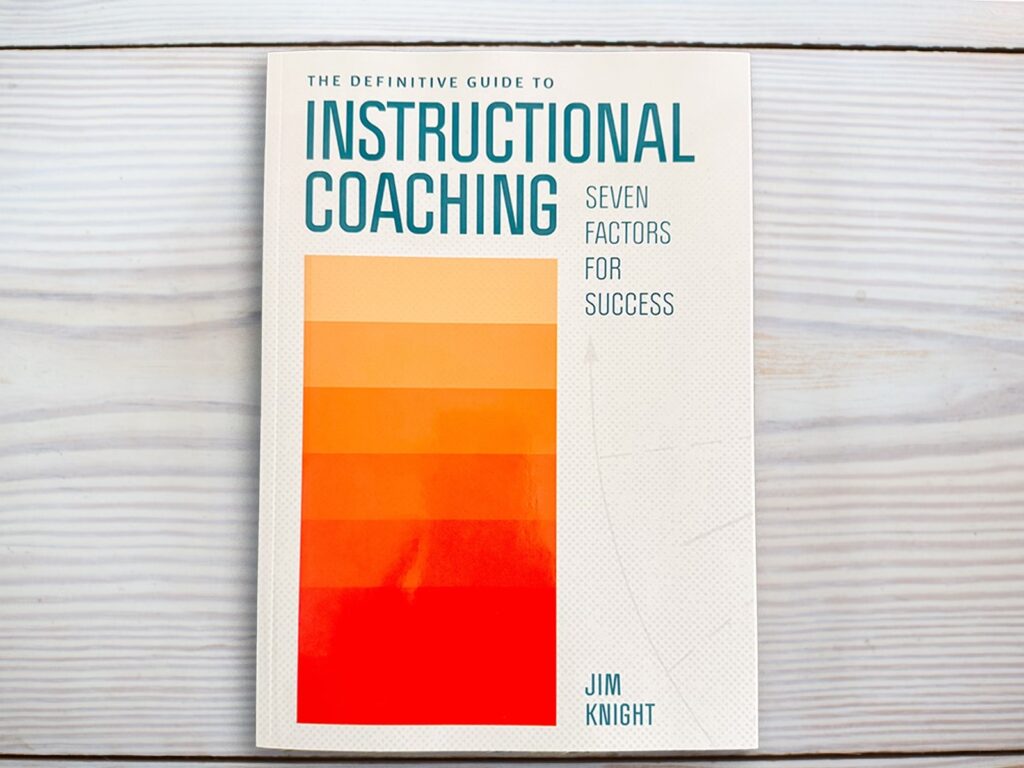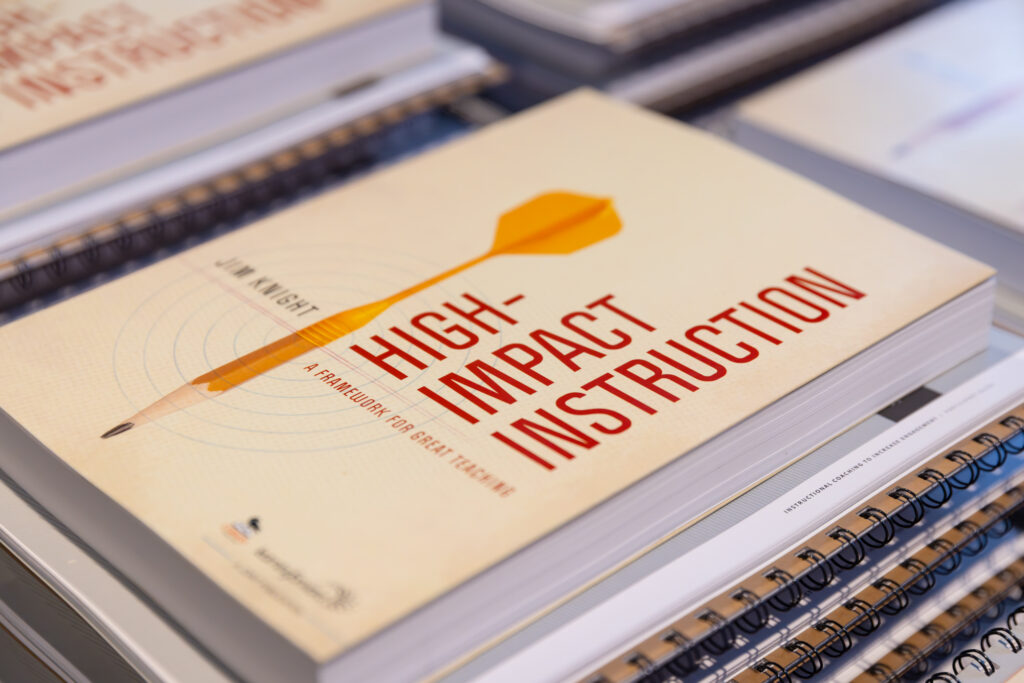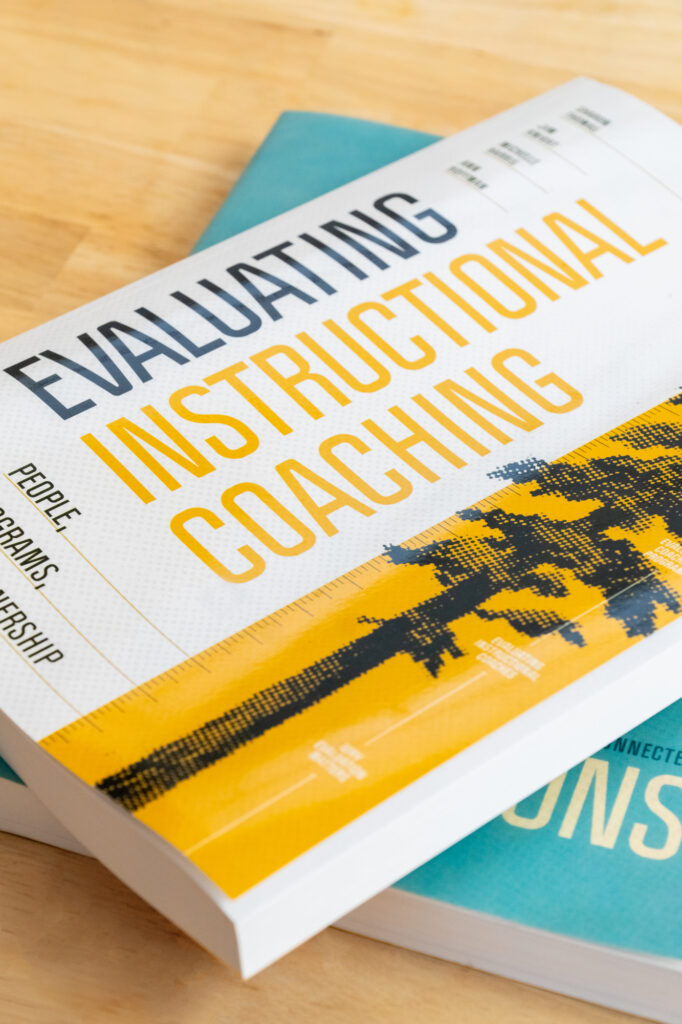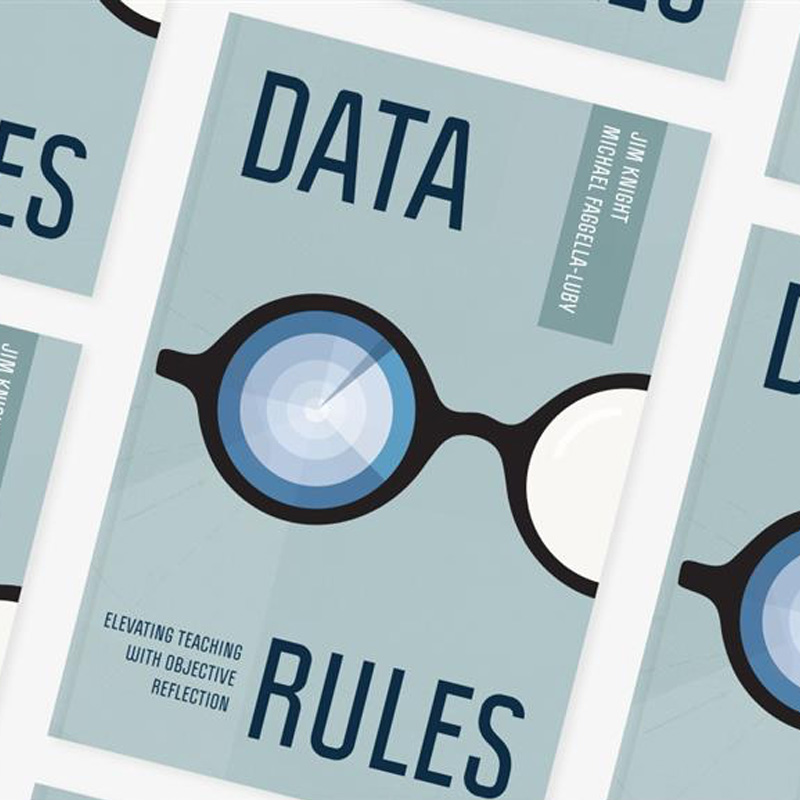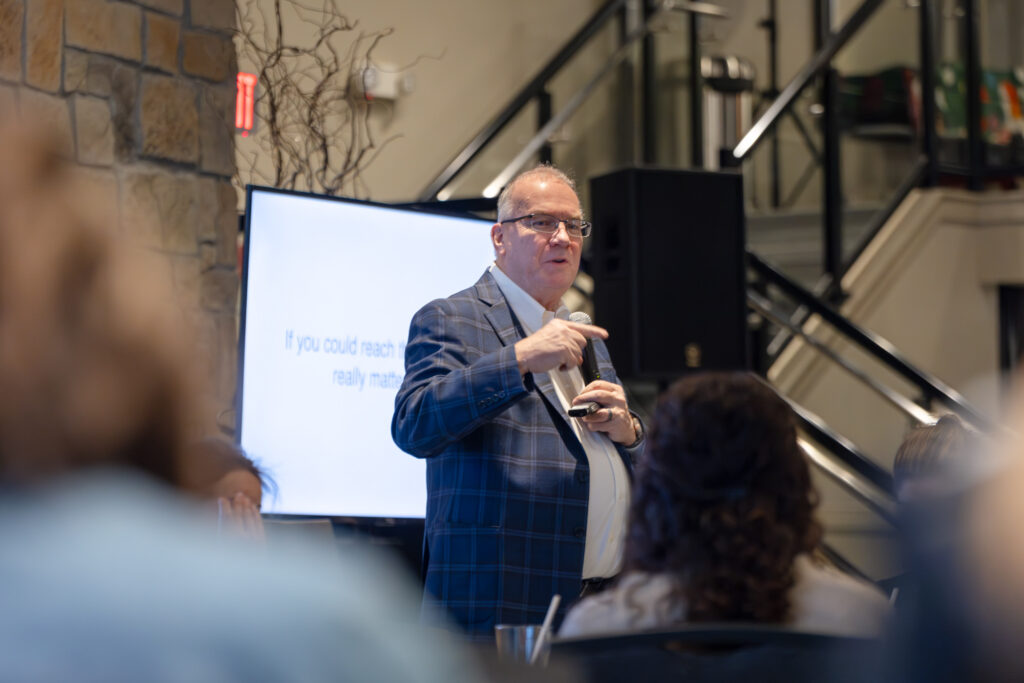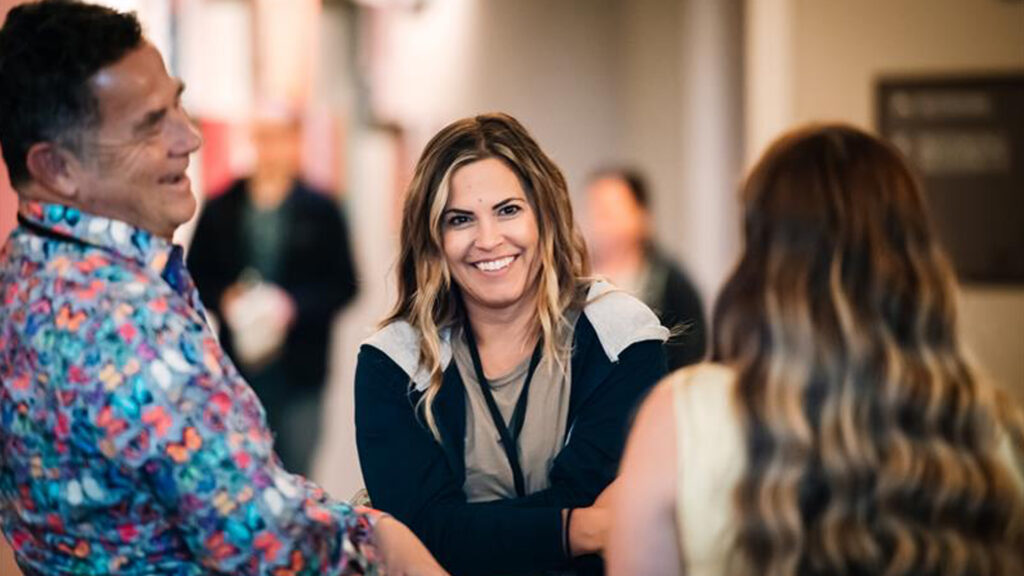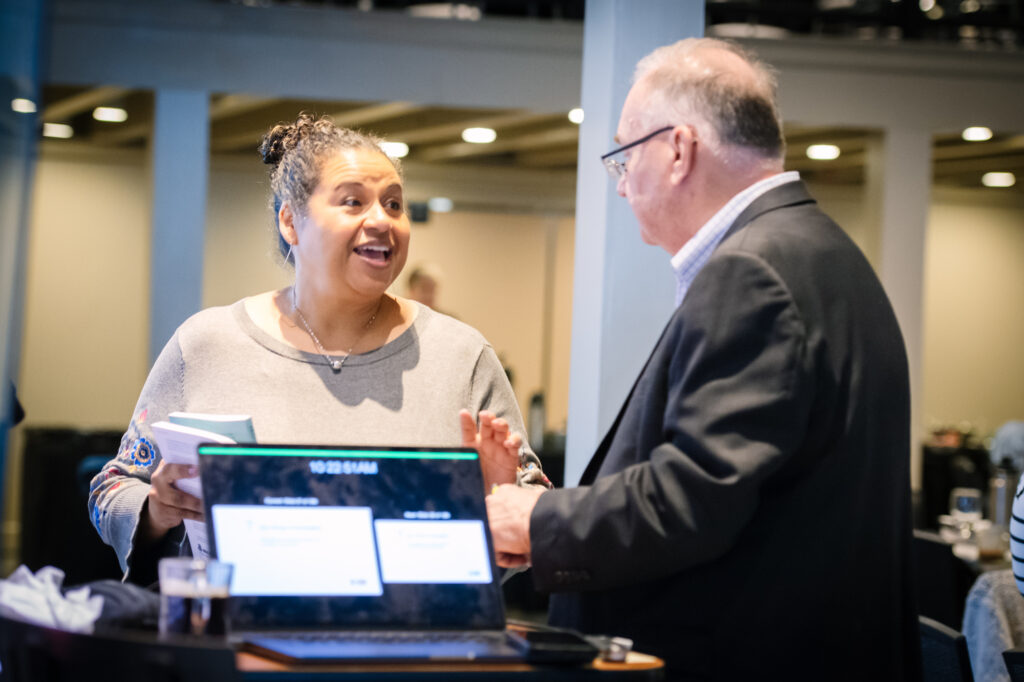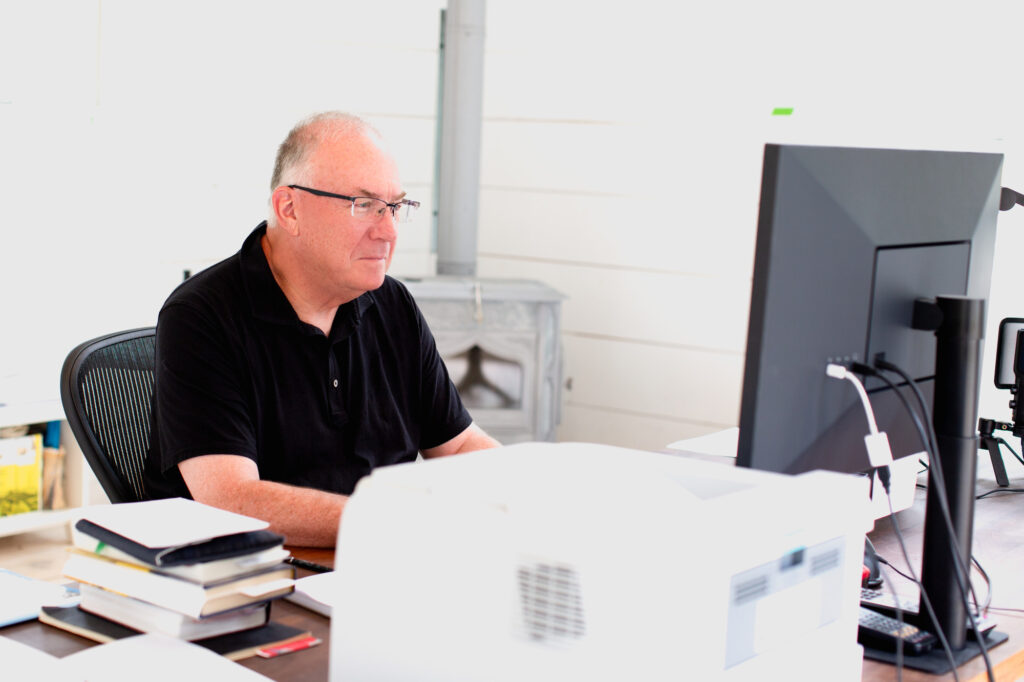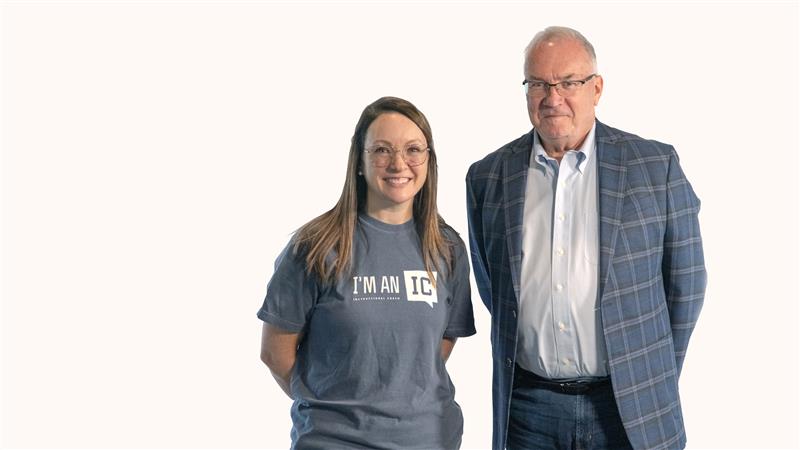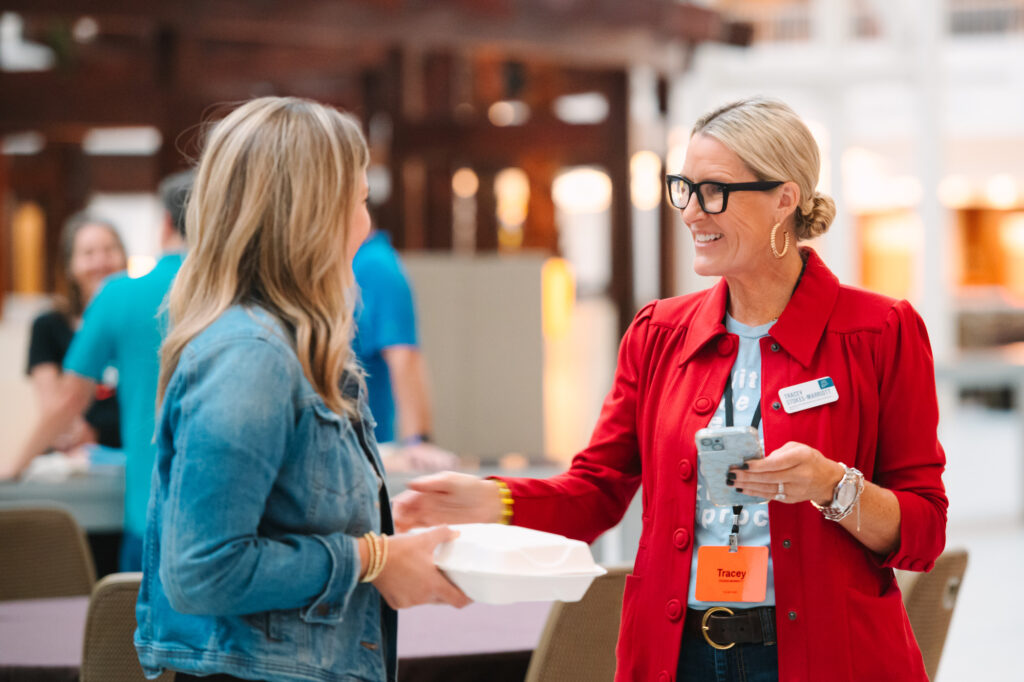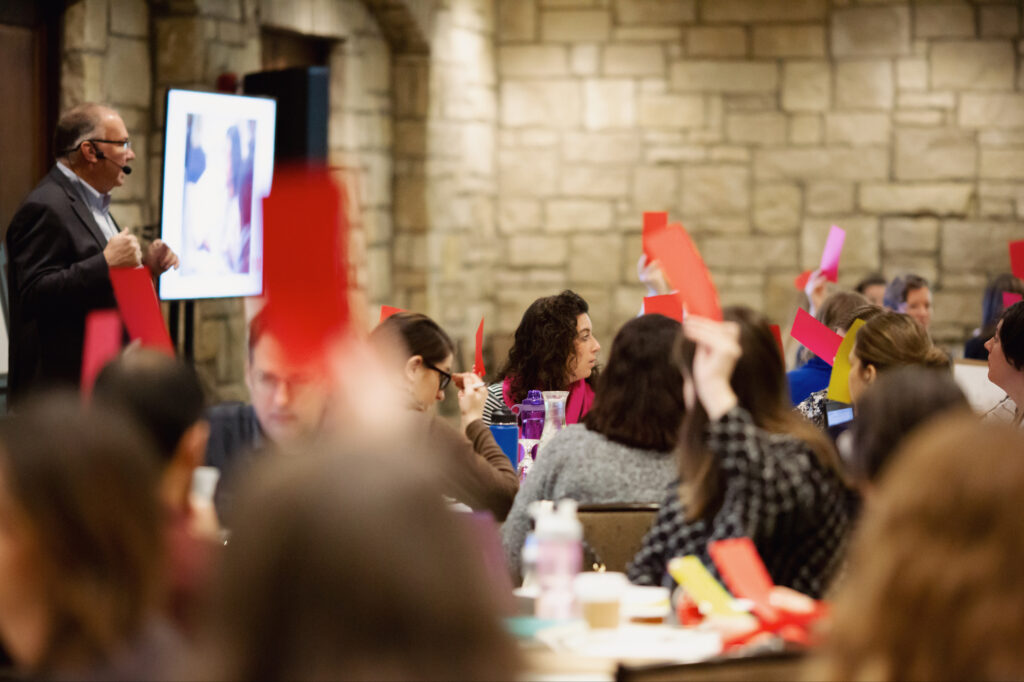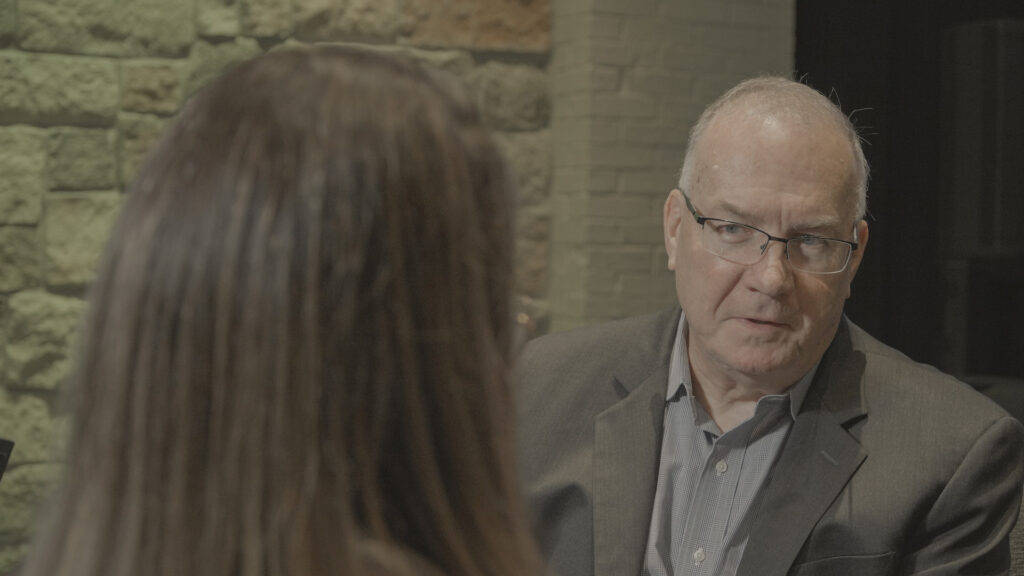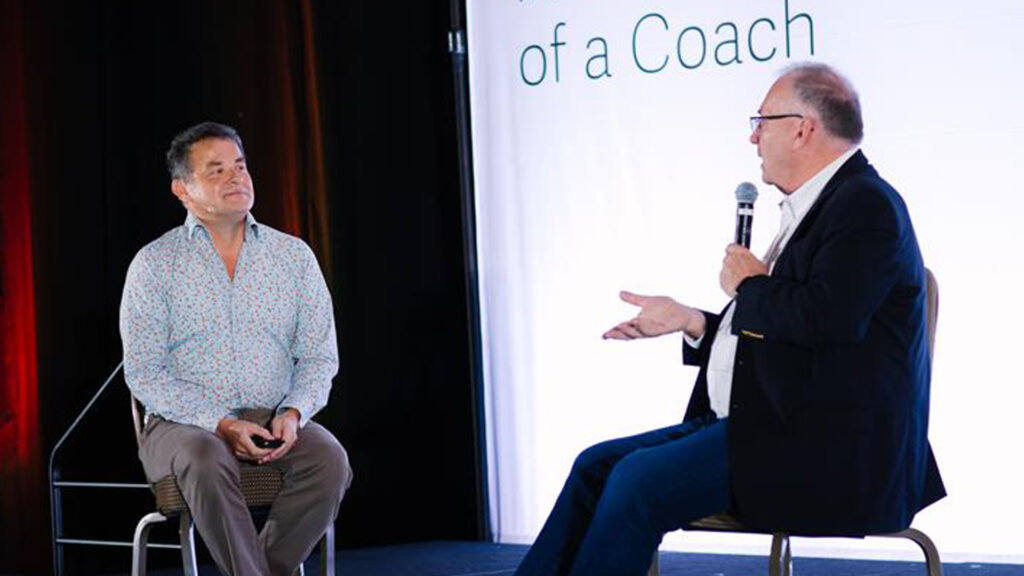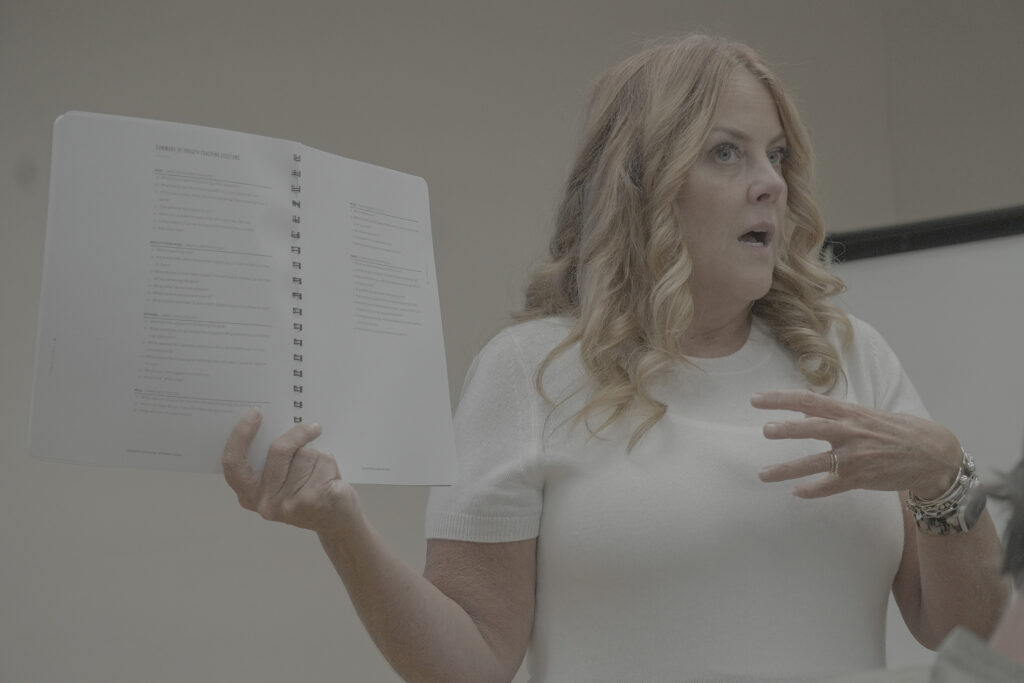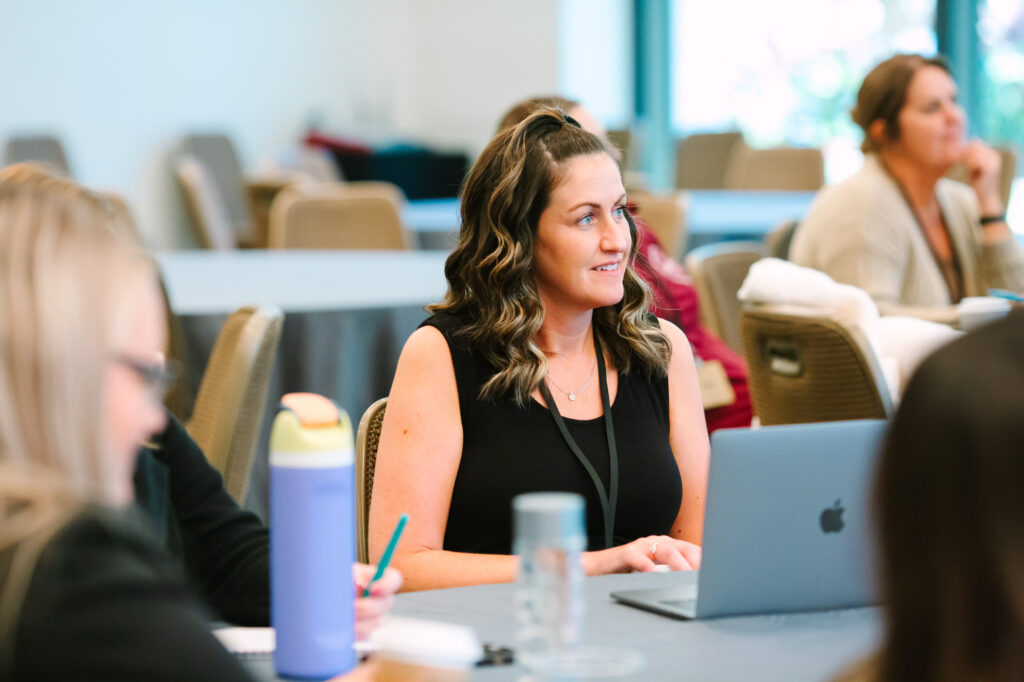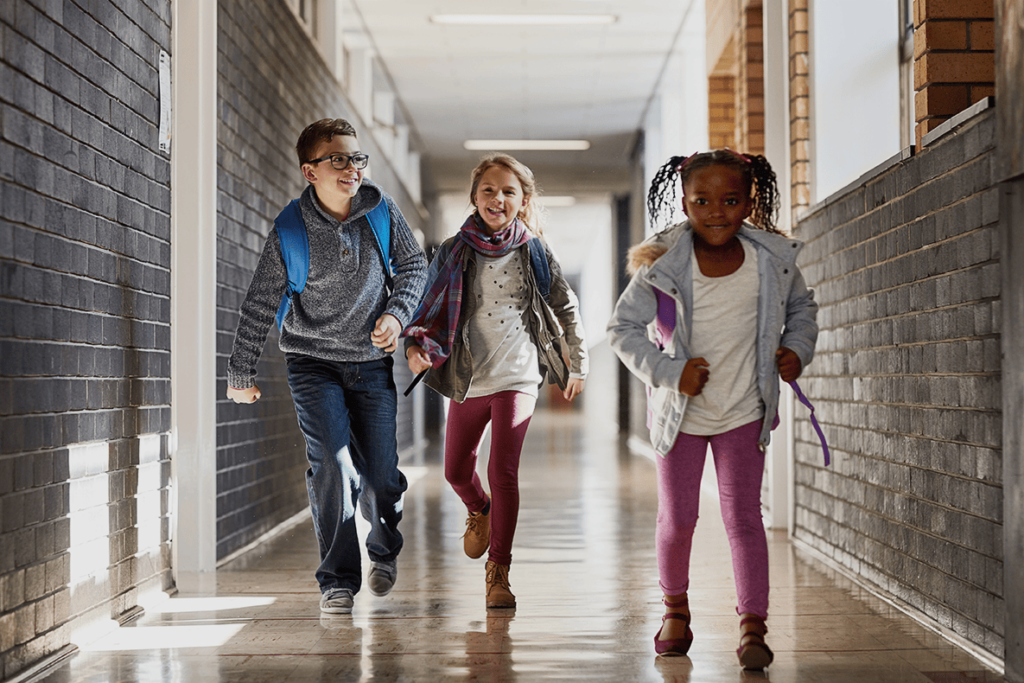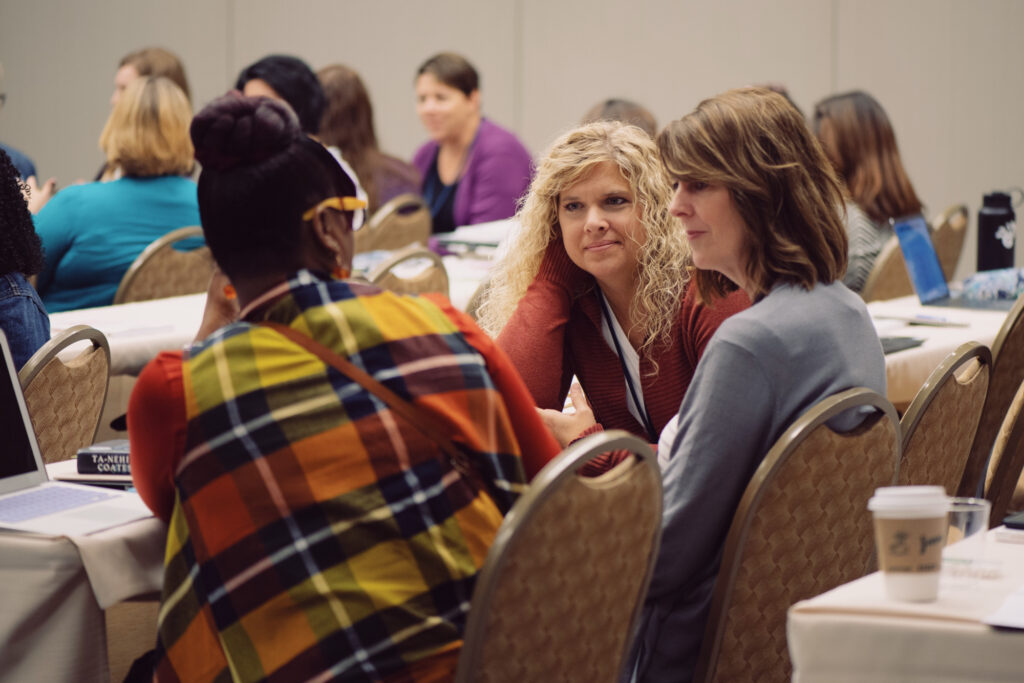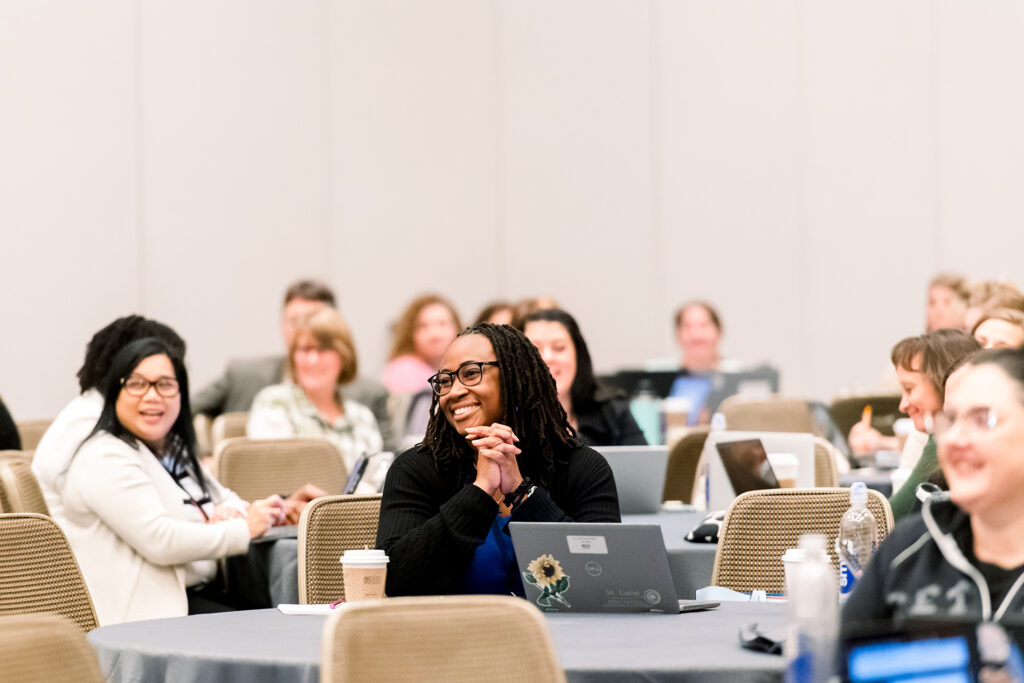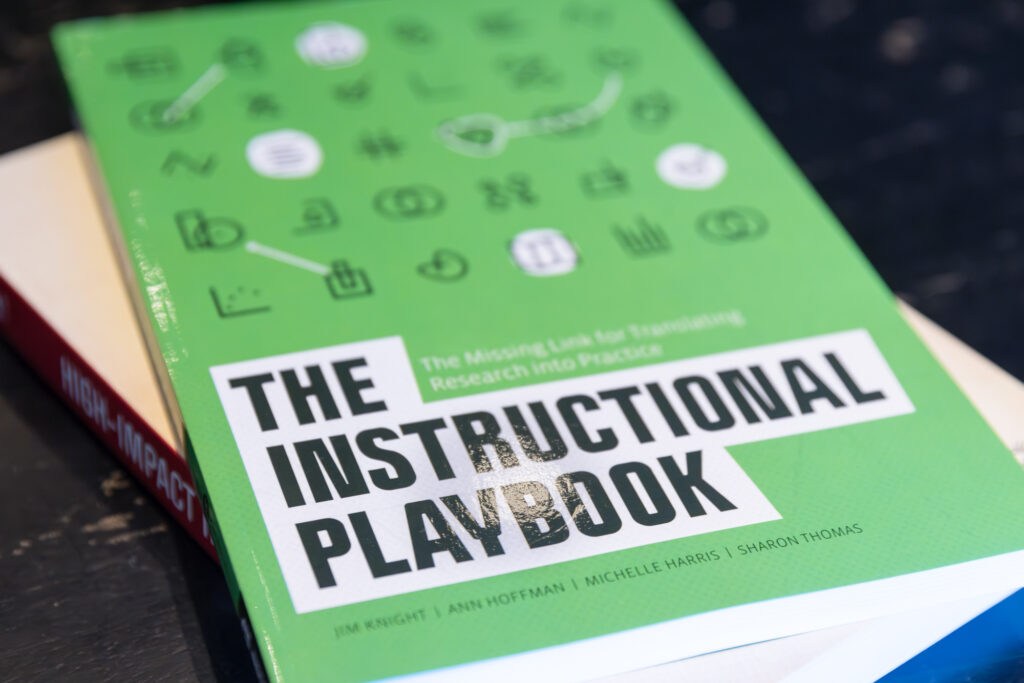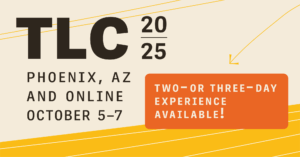Last week, I was fortunate enough to be invited to lead a Learning Forward webinar about coaching for student engagement, based on my article, Students on the Margins. I am grateful for the opportunity, and I wanted to share some of the highlights of the discussion in a post for those who missed it.
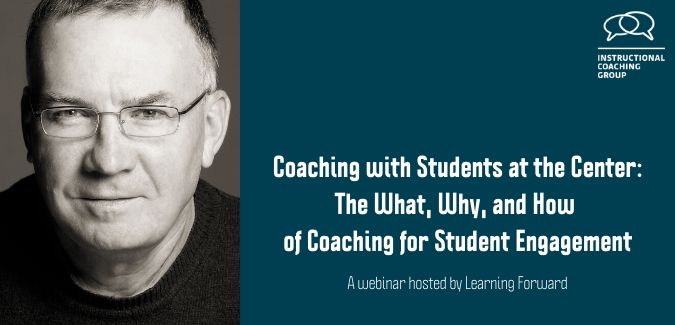
What: Engagement
The first step in working with teachers on engagement is to have a really clear definition the three types of engagement.
Behavioral engagement
This type of engagement refers to examples when kids look like they are doing what they are supposed to be doing. You might not know what they are thinking, or if they are really moved by the lesson, but they look like they are doing what they should be doing. This may not be the ideal level of engagement all the time, but it can sometimes be a useful place to start, especially when student engagement is very low, say when less than 60% of students are engaged in the lesson.
Cognitive engagement
This is when kids not only look like they are engaged, but they are experiencing what the teacher intended them to experience.
Social emotional engagement
Social emotion engagement is when students feel a connection, and they feel they truly belong in the school.
When coaches begin work with teachers, it is important to recognize all three types of engagement, as they are all quite different, and they each require different teaching practices.
Why
When we began working in classrooms, we saw that engagement nearly always popped up as an critical topic. We had been studying engagement for a long time as the Instructional Coaching Group, and when we were working in classrooms, we were finding that in some classes, students were so disengaged that we couldn’t find any strategies that worked! The focus on engagement really grew out of that need—we learned that if we want kids to succeed, we have to make school a place where all students belong. We recognized that real engagement for students was not just a nice thing to have, but instead, it is an equity issue where all students get to feel connected with the school.
How
So how do coaches build engagement?
First, with behavioral engagement, the good news is there are some relatively easy ways to measure behavior, and therefore, give teachers goals they can see. How many kids are on task? How many disruptions are there in a class? How much of the class is instructional time? These are all questions we can measure with seating charts and tally through observation.
With cognitive engagement, we have to get the students’ own insights on their level of engagement, which can be more challenging. The best way we have found to measure cognitive engagement is through experience sampling. This can be done through interviews, though it may be difficult to do this often enough, or coaches can use a form for student sampling, where students fill them out during the class. This way, teachers and coaches can learn what students are feeling in a lesson through self-reporting done during the lesson itself.
For social emotional engagement, we can use exit tickets that have specific questions that can help us learn about their emotional states. We can ask questions about safety, hope, or whether they feel happy in the classroom. We can learn a lot about students’ lives from these questions, and we can then learn how to create an environment where students feel they belong.
A final thought on all of this however, is that before coaches and teachers choose what type of behavior to address, we can initiate a 3-step coaching process that we call The Impact Cycle. First, after the coach and teacher work to gain a clear picture of the current reality in the classroom, they identify a powerful student-focused goal together and choose a strategy they agree on to help reach the goal. Then, the teacher learns all he/she can about a strategy and what works for the classroom. Finally, adaptations can be made until the goal is hit. Those goals can be related to engagement or achievement, but we have found that almost like Maslow‘s hierarchy of needs, teachers often tell us that we have to address student engagement needs before we can reach the goals we want to achieve for our students.
Listen to the complete webinar (shared by Learning Forward)
Download the complete PDF presentation (shared by Learning Forward)
Watch the post-webinar Q&A session (shared by Learning Forward)
